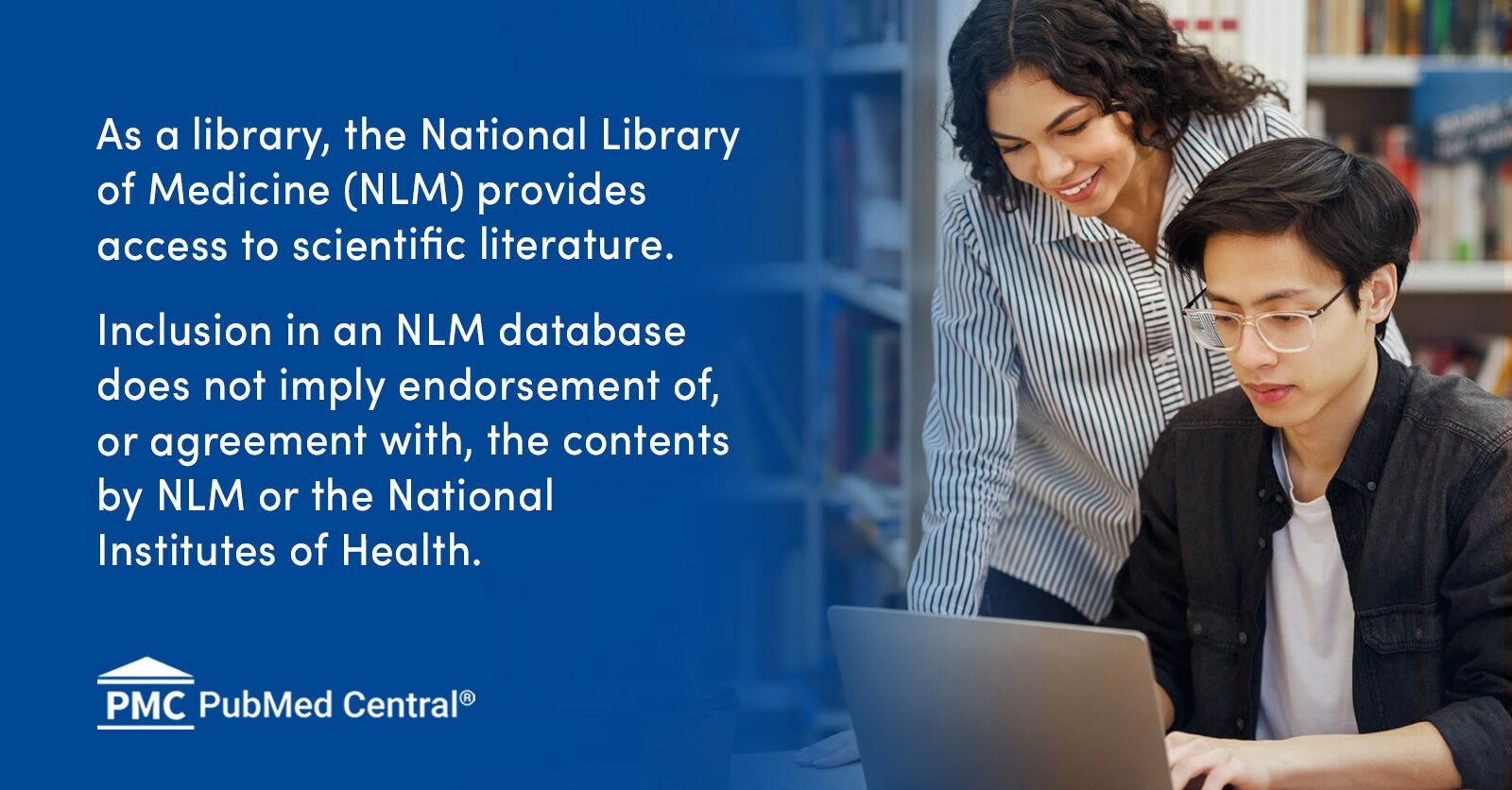Thank you for sharing such an insightful perspective on the complexities surrounding the pharmacological treatment of schizophrenia. Your observations highlight the intricate balance that researchers, clinicians, and pharmaceutical companies must strike when developing and administering medications for this condition.Neuroleptics are so DIRTY. At least I can see some rational design in the atypical ones,
When I first studied them in 1992 my advisor pointed out that schizophrenia is considered to be as disabling as quadriplegia and so it was acceptable because it's treating a life-threatening illness. But their remain 4 different pharmacological models for the disease, a disease which is difficult to model in animal studies and the criteria are very broad. In essence, beyond using drugs to estimate schizophrenia, it's really only human studies that provide the bulk of the information. But if a candidate ligand reaches human trials, vast amounts of money have already been spent and so the pressure to produce a medication that can receive MA is very high indeed,
I have seen start-ups that essentially HAD to succeed with their first medicine to survive and so I suspect the researchers are very conservative.
I used to know a psychiatric nurse and he was able to convince the management of the RSU to allow me a tour. I have to say it WAS scary to interact with people who shared so few frames of reference, Almost all posed a risk to themselves rather than to anyone else but the distress was very clear to see. The paranoia wasn't 'senseless' from the perspective of the patient as the way they experienced the world was in conflict with what they were told.
Also interesting to note that roughly ⅓ of the patients seemed unusual BUT shared many frames of reference. About ⅓rd vacillated between shared and unshared reality but the final ⅓rd were some of the most interesting. After medication they would seem to be fine but as the hours passed, they displayed many of the more classic things like echolalia and word salad (I forget the correct term for this ) do apologize.
But it DID appear that for the MOST disturbed, the medication wasn't correctly applied or quite possibly was inappropriate, To find people who had been on haloperidol for 30+ years and what it had done to them seemed criminal. But I suppose at some point it was prescribed... and in 30 years no reassessment had ever been undertaken.
Asenapine has a fascinating structure with a chiral 2-alkoxy-5-chloro PEA molecules buried in it. 5HT2a (slightly selective) but all over the place on affinity to dopamine receptor subtypes.
BTW Neuroprotection - excellent work in explaining WHY certain targets are selected. I'm sure you know that the cerebrospinal fluid of schizophrenics has either elevated levels of DOPAC (dopamine metabolite suggesting too much dopamine in the brain) and/or too little NMDA. Clozapine was hailed as an amazing treatment for refractive patents because it appears to increase NMDA levels as well as being a D2 antagonist. But of course, being so dirty meant unexpected toxicity. Also, trials of drugs that JUST increased NMDA levels were amazingly successful for the minority (circa 10%) of patients who had normal dopamine levels, just too little NMDA were total success BUT a drug that only benefits (vastly improves life quality) of just 10% of patients wasn't considered viable... so now they are orphen drugs.
I agree that the term "dirty" often used for typical neuroleptics like haloperidol reflects their broad receptor profile, which can lead to a range of side effects. Atypical antipsychotics, as you mentioned, do show a more rational design, targeting specific receptor subtypes to minimize adverse effects. However, even they are not without their challenges, especially when it comes to long-term use.
Your point about the pressure to produce a medication that can receive Marketing Authorization (MA) is well-taken. The high costs associated with drug development indeed create an environment where there's a rush to get a return on investment. This can sometimes lead to medications being pushed through trials and into the market, perhaps before their long-term effects are fully understood.
The experience you shared about your tour of the RSU (Rehabilitation Services Unit, I presume) is eye-opening. It underscores the human element that is often missing in clinical discussions about schizophrenia. The variability in patient experiences and responses to medication is a crucial aspect that needs more attention in research and treatment plans.
Your mention of Asenapine and its unique molecular structure brings up an interesting point about the ongoing efforts to create more targeted therapies. The same goes for your note on Clozapine and its effects on NMDA levels. It's a reminder that while we've come a long way in understanding the neurochemistry of schizophrenia, there's still much to learn, especially when it comes to personalized treatment.
Lastly, your comments on "orphan drugs" that could benefit a minority of patients but aren't considered commercially viable highlight a significant ethical dilemma in pharmaceutical research. Shouldn't the focus be on improving the quality of life for all patients, regardless of the percentage they represent?
Thank you again for your comprehensive overview. It's discussions like these that push the field forward, encouraging us to continually reassess and refine our approaches to treating complex conditions like schizophrenia.







